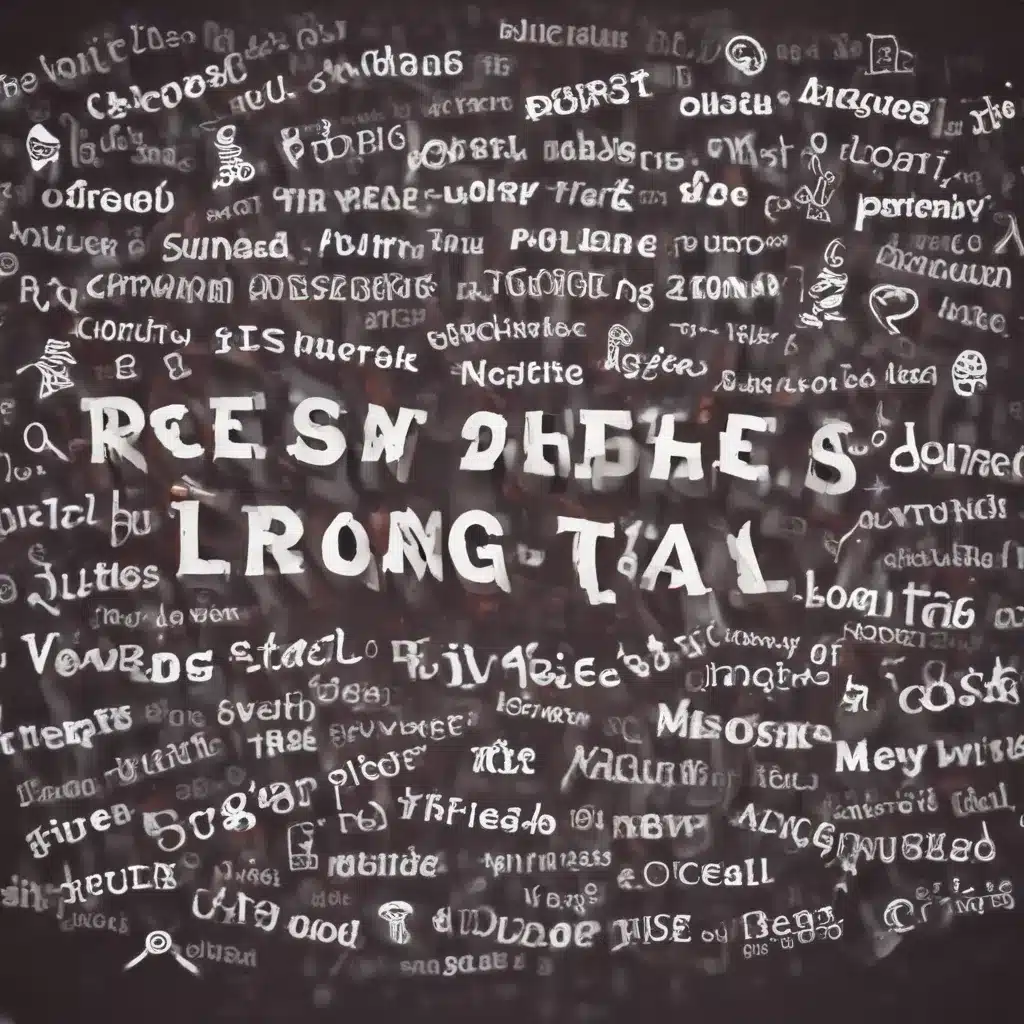
The Overlooked Goldmine: Unveiling the Power of Long Tail Keywords
As an SEO enthusiast, I’ve always been fascinated by the ever-evolving landscape of search engine optimization. Recently, I’ve been diving deep into the world of long-tail keywords, and let me tell you, it’s been a game-changer for my clients at MCR SEO, a leading SEO agency in Manchester, UK.
Unraveling the Mystery of Long Tail Keywords
Long-tail keywords are those search queries that are typically longer and more specific than the popular, short-tail keywords. Think about it this way: if you were searching for a new pair of running shoes, a short-tail keyword would be something like “running shoes,” while a long-tail keyword would be “nike running shoes for women with flat feet.” See the difference?
According to AIOSEO, long-tail keywords make up an astounding 54.31% of all search queries. That’s more than half of the searches happening on the internet! And here’s the kicker: these long-tail keywords often have a higher conversion rate than their short-tail counterparts.
The Long Tail Advantage
One of the primary reasons long-tail keywords are so powerful is the lack of competition. As WordStream explains, the vast expanse of the internet means that many businesses aren’t targeting the more specific, long-tail keywords. This leaves the door wide open for savvy marketers to swoop in and dominate the search results.
Moreover, long-tail keywords often indicate a more defined search intent. When someone types in a long-tail query, they’re usually further along in the buying process and are more likely to convert. MerchStack found that long-tail keywords have a 2.5x higher conversion rate compared to short-tail keywords. That’s a game-changing difference!
Mastering the Art of Long Tail Keyword Research
Okay, so we know long-tail keywords are powerful, but how do we actually find them? Well, Yoast recommends using a combination of tools and tactics, including:
- Google Autocomplete: Start typing a keyword into Google and see what suggestions pop up. These are often great long-tail keyword ideas.
- Google Related Searches: Scroll to the bottom of the search results page and check out the “Related Searches” section. More long-tail goodness!
- Google Search Console: Analyze your existing Google Search Console data to see which long-tail keywords are already driving traffic to your site.
- Keyword Research Tools: Tools like Ahrefs, SEMrush, and even the AIOSEO plugin for WordPress can help you uncover a treasure trove of long-tail keyword opportunities.
Putting Long Tail Keywords into Action
Once you’ve identified your long-tail keyword targets, it’s time to put them into action. CWS recommends creating content that specifically addresses these long-tail queries. This could be in the form of blog posts, product pages, or even videos – the key is to provide valuable, relevant information that answers the user’s search intent.
But it’s not just about creating content; you also need to optimize it for those long-tail keywords. This means including the keywords in your page titles, headings, meta descriptions, and throughout the body of your content. And don’t forget to leverage internal and external linking to help boost your SEO even further.
The Rise of the Long Tail: A Seismic Shift in SEO
As I’ve discovered in my work with MCR SEO, the rise of long-tail keywords is nothing short of a seismic shift in the world of search engine optimization. By targeting these specific, high-intent search queries, we’ve been able to help our clients dominate their competition and drive significantly more relevant traffic to their websites.
So, if you’re looking to take your SEO game to the next level, it’s time to embrace the power of long-tail keywords. Trust me, the results will speak for themselves. Happy optimizing!



























